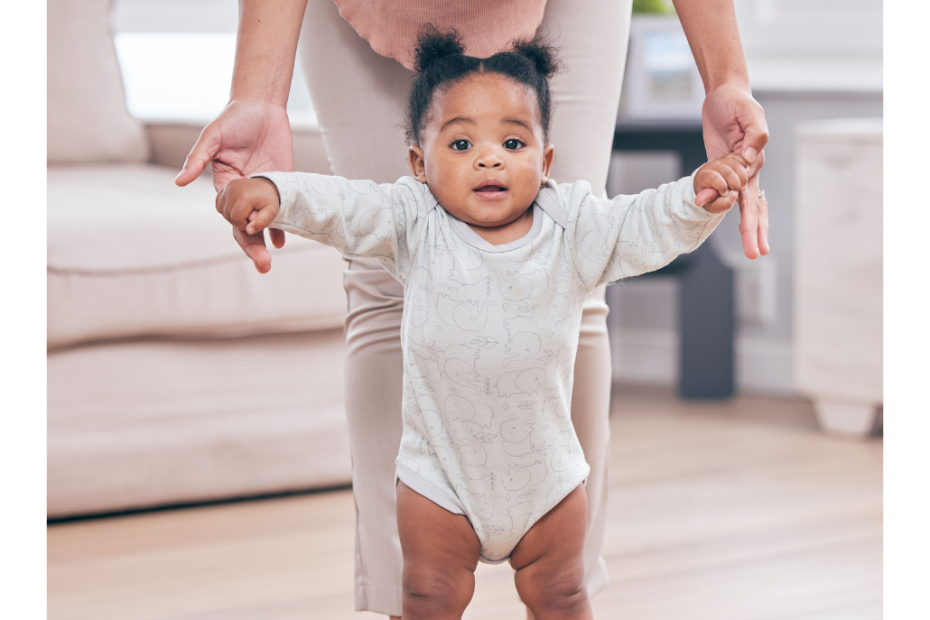When a child struggles with attention, learning difficulties, poor coordination, or frequent emotional outbursts, often parents’ explorations lead them to occupational therapy, physiotherapy, psychology and speech therapy—but increasingly, parents are stumbling across Rhythmic Movement Training International(RMTi).
RMTi is a gentle, movement-based approach that supports brain development by going back to the body’s earliest building blocks—infant reflexes and natural, rhythmic motion. It might sound simple, but for many children (and adults), it can be life-changing.
Read on to discover what it is and why it may be the right place to start with your child.
What Is RMTi?
RMTi is a neurodevelopmental method that uses repetitive, rhythmical movements to help the brain mature and function more effectively. These movements are based on the same reflexive patterns that infants naturally do in the first year of life—such as rocking, rolling, stretching, and crawling.
These early movements aren’t random—they serve an important purpose in helping the brain grow and build strong connections between its sensory and motor systems. When a baby spends time on their tummy, kicks their legs, or pushes up with their arms, they are developing the very foundation for posture, balance, attention, learning, and even emotional regulation.
But sometimes, due to birth trauma, stress during pregnancy, lack of movement in early infancy, or other developmental delays, these foundational patterns are skipped or incomplete. That’s where RMTi comes in—it reintroduces these movements in a structured, intentional way to help the brain “fill in the gaps.”
What Are Primitive Reflexes—And Why Do They Matter?
Much of RMTi focuses on helping the body integrate something called primitive reflexes. These are automatic, involuntary movements that babies are born with. You’ve probably seen or experienced them, like:
- The Moro reflex, or “startle reflex,” when a baby throws out their arms in response to a loud sound.
- The rooting reflex, where a baby turns their head toward touch to find food.
- The ATNR (Asymmetrical Tonic Neck Reflex), where the head turning causes one arm to straighten and the other to bend.
These reflexes are designed to help babies survive and develop. But by around 12 months, they should be fully integrated—meaning the child no longer relies on them. If they are retained beyond infancy, they can interfere with motor coordination, emotional regulation, focus, and academic skills.
For example:
- A child with a retained Moro reflex may have high anxiety, difficulty settling to or staying asleep. sensory sensitivities, or trouble calming down.
- A child with a retained ATNR may struggle with writing or bike riding, because turning the head affects arm movement.
- A retained TLR (Tonic Labyrinthine Reflex) might result in poor posture, low core strength or a fear of movement.
RMTi helps the brain and body go back to those early reflex patterns—gently and repetitively—so they can finally be integrated, allowing for more mature and coordinated responses.
What Does an RMTi Session Look Like?
RMTi is not like traditional exercise or physiotherapy. The movements are small, slow, calming, and rhythmic. They’re often done lying down or with gentle support from a parent or other person. Some exercises may look like a baby rocking side to side, rolling, or crawling movements. A typical session is low-pressure, flexible and focused on supporting the nervous system—not pushing it.
An initial session with a RMTi Consultant involves a screening for retained primitive reflexes and an introduction to movements carefully selected, personalised or adapted for that child. The movements are then taught to the client or to a parent so they can be practised at home – consistency is important.
RMTi movements are adapted to ensure we are working with the child and where their feeling of safety is now. It is not about forcing or rushing the body. It is important to work with a RMTi Consultant who is able to recognise signs of overwhelm and able to select the correct movements for a child’s nervous system at a particular point in time. Follow-up appointments involve changing and evolving the movement program to progress the child in their reflex integration.
What Are the Benefits of RMTi?
RMTi has been described as the “missing link” parents didn’t know their child needed. Benefits can vary from child to child, but commonly reported outcomes include:
- Improved focus and attention
- Greater emotional self-regulation (fewer meltdowns, quicker recovery from stress)
- Better balance and coordination
- More restful sleep
- Improved bed-wetting
- Fewer sensory sensitivities (like discomfort with loud noises or tags on clothing)
- Increased confidence and independence
- Smoother, easier handwriting and reading skills
Is RMTi Right for Your Child?
RMTi isn’t a one-size-fits-all solution and isn’t a quick-fix —but it can be a gentle, non-invasive, and empowering addition to your child’s developmental toolkit. It’s particularly helpful for:
- Children who seem stuck in fight-or-flight mode
- Kids who fidget, fall often, or seem “clumsy”
- Children with learning struggles despite strong intelligence
- Highly sensitive kids who overreact to stimulation
- Kids with birth trauma, early medical issues, or delays
If traditional therapies haven’t fully addressed your child’s needs, RMTi might be the missing developmental piece. Or if you’re wondering where to start in addressing your child’s challenges, then RMTi is a great place to begin.
Even better—it’s something that doesn’t just happen in a clinic session. Parents can learn and practice RMTi at home, making it both cost-effective and empowering.
RMT for a Stronger Foundation
As a parent, it’s easy to feel overwhelmed when your child is struggling. Rhythmic Movement Training offers a hopeful, body-based approach that supports your child’s development from the ground up—literally. By helping the brain and body work together more smoothly, you’re not just treating symptoms—you’re building a stronger foundation for learning, growth, and emotional wellbeing.
Small rhythmic movements can lead to big changes.
Get in touch today, I’d love to show you how.
